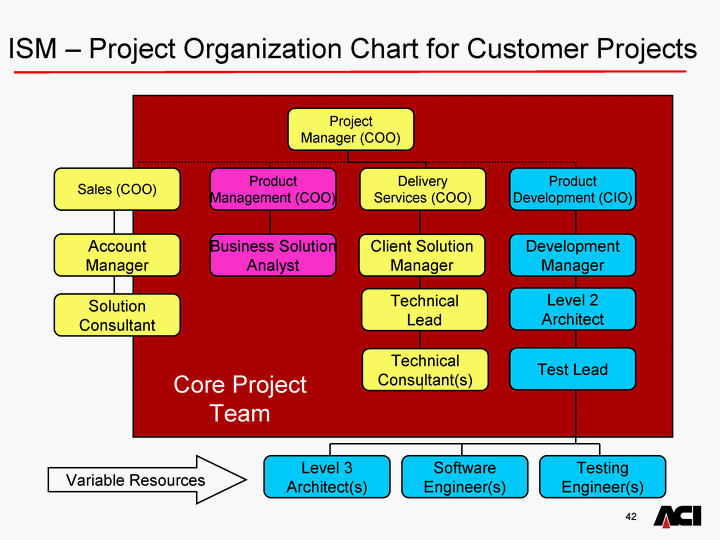Learning Management Systems Make Employees Training More Effective
Learning management systems, or LMS systems, are software programs, many housed in the “cloud,” that allow for the organization and tracking of online learning content. Most LMS systems allow teachers, or course facilitators, to upload content modules, set up discussion among students, and assess student learning. LMS systems allow students to work at their own pace and to access course content from virtually anywhere. Colleges and universities have taken advantage of the development of LMS systems as they attempt to offer course options that are attractive to non-traditional students. Universities are able to offer online or hybrid courses and work around traditional institutional barriers, such as class meeting space, conflicts between the timing of courses, and barriers for students, such as the requirement that they attend class at a set time for a number of hours each week.

LMS systems are beginning to break out of the education sector as corporations realize that many of the same reasons that make online learning attractive to universities also apply to training employees. Typically, new employees must receive orientation to company policies and procedures, attend a benefits orientation, or complete training sessions or skills tests before beginning work.
This orientation and training requires time and expense on the part of the corporation, and if employees are added at various points during the year, the time and expense multiplies. Even veteran employees often must renew certifications, update credentials, or even participate in training sessions as company policies change. LMS systems can be used to offer employee training efficiently and effectively.
1. LMS systems offer a cost-effective, flexible, and efficient way to provide employee training.
To offer traditional face-to-face training, a company leader or hired consultant must be scheduled, and all employees who need the training must attend. The entire company or even an entire department cannot shut down for a day, so typically, scheduling conflicts necessitate at least one make-up session. Further, if employees are hired at different points during the year, training sessions must be scheduled again, or a company leader must provide one-on-one training to the new employee.
LMS systems are more cost-effective and efficient. Once the training content is created, administrators only need to update the materials as procedures and policies change. There is no need to schedule a specific time and try to make sure everyone can attend. Employees receive login information and complete the course at their own pace, within a set timeframe. When new employees join the organization, they can access the course content as necessary. There is some expense in the initial set-up of the LMS system with content specific to the corporation. However, over time, training becomes more efficient and the initial expense will pay for itself as employees and leaders spend less time in training sessions and more time being productive.
Not only are LMS systems more cost-effective for in-house training activities, but employers can often locate online courses and modules to replace training that once would have required attendance at an out-of-town conference.
2. LMS systems offer a more “student-centered” method of training employees.
In a traditional training workshop, it is easy for an individual to blend into a crowd. While a company leader or consultant drones on for several hours at the front of a room, it is easy for some participants to disengage. When training is offered via an LMS system, the employee must engage one-on-one with the content. Employees can also proceed through content at their own pace and depending on their background. For example, an employee with prior experience in the same type of organization may work through some modules quickly. Others may need more time. Most LMS systems also offer the ability for employers to assign training topics specifically to the individual employee.
LMS systems are a better fit for employees who, in the past, might have been asked to travel to a conference or stay after hours to engage in training activities. With an LMS system, conference-type learning sessions can be accessed online. “After-hours” training is something that can be done after the kids are in the bed!
3. LMS systems provide documentation and tracking of employee training.
When training is offered through an LMS system, employers can easily document and track employee “attendance”’ at specific training events. Employees must login to the system, and depending on the topic, can even be asked to complete a short quiz after working through content. Employers can see how employees performed when asked questions about key points from the material, and follow up with individuals as necessary. Employers also have a nearly perpetual record of employee training that was provided, which is essential for some trainings, such as ethics training or training on legal procedures.
Not only does this type of documentation help employers, but employees can benefit as well. At any time, they can review the training materials, should they have a question or concern about company policy or procedure.
Learning management systems have been game-changing in the education sector. As today’s companies increasingly realize the importance of training and professional development for their employees, LMS systems will prove to be an invaluable, cost-effective tool for providing learning opportunities.
David Miller is an educational researcher who has vast experience in the field of teaching. He is associated with prestigious universities and is one of the leading ed-tech veteran pursuing research in e-learning. His expertise serves many research organizations and is a contributing author in ProProfs








